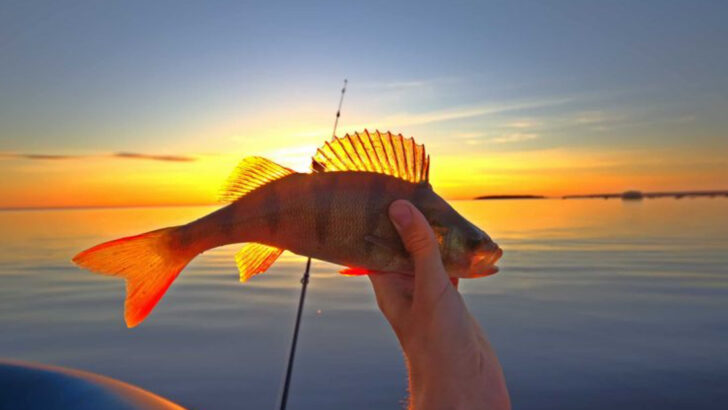Once upon a time, a kid with a cane pole and a tin of worms could pull legends from a muddy creek.
We’re talking fish that flopped like they owned the world—creek chubs, pumpkinseeds, tiny bass with big attitudes. Back then, the local fishing hole was an endless treasure chest, and every catch came with bragging rights and muddy shoes.
But a lot of those slippery characters?
Gone. Or so rare they might as well be folklore.
Pollution, habitat loss, and changing waters stole them from the buckets—and from childhood itself.
These weren’t trophy fish.
They were kid fish—the kind that made you fall in love with wild things.
And now, they’re just memories hiding in dusty tackle boxes and black-and-white photos.
Brook Trout
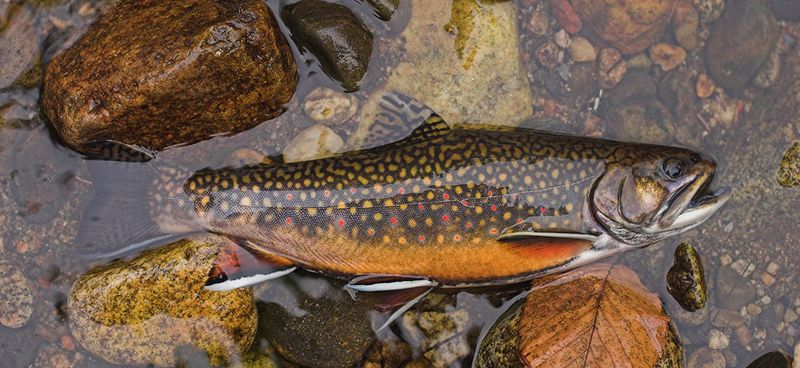
The Brook Trout, with its dazzling speckled pattern and vibrant hues, was once an iconic catch for young anglers. Imagine a sunny day by a babbling brook, the cool water rushing past as you cast your line. The thrill of feeling a tug and reeling in such a beautifully marked fish was unparalleled.
These trout were known for their adaptability to colder streams, making them a staple in children’s fishing adventures. Unfortunately, due to habitat loss and competition from non-native species, the Brook Trout’s presence has dwindled significantly, leaving a void in the fishing experiences of today’s youth.
Atlantic Salmon
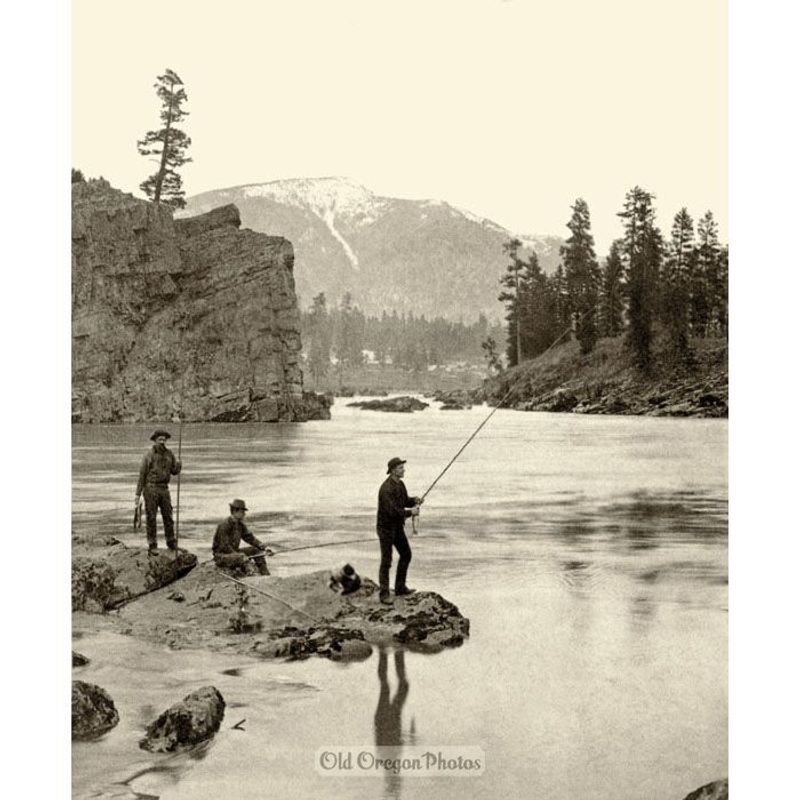
Atlantic Salmon once inspired awe with their powerful leaps and shimmering, silver bodies. These majestic fish were a dream catch for aspiring young anglers, embodying both challenge and triumph. Picture the anticipation of casting into a swift river, hoping for that exhilarating strike.
Overfishing and habitat degradation have led to a dramatic decline in their populations. Once plentiful in the Atlantic rivers, these salmon are now a rare catch, leaving a gaping hole in the adventurous tales once shared around campfires by hopeful young fishers.
American Shad
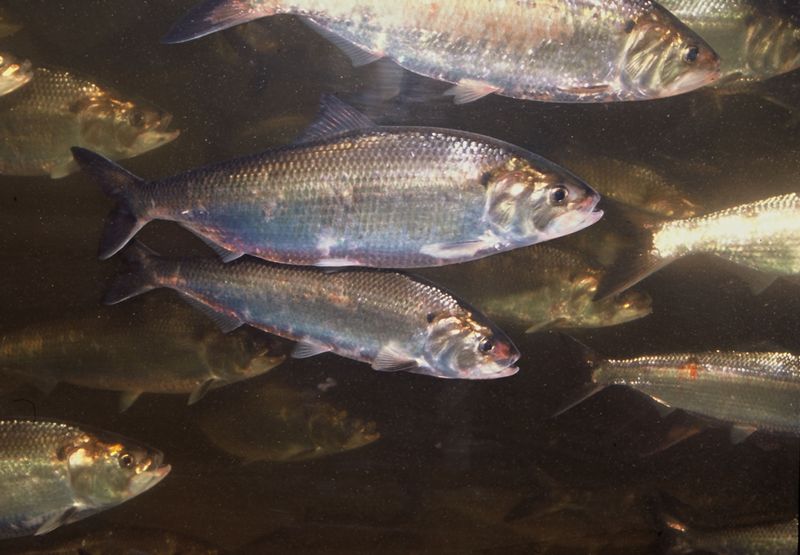
American Shad, known for their spirited fights and silvery scales, were a beloved target for budding fish enthusiasts. Imagine the excitement of feeling a strong pull on your line, reeling in with all your might to reveal this shimmering prize.
These fish were once abundant in coastal rivers, providing both challenge and delight. However, dam constructions and pollution have severely impacted their numbers, transforming them into a fish of legends rather than daily reality. The absence of this lively species echoes in the quiet of today’s rivers.
Alewife
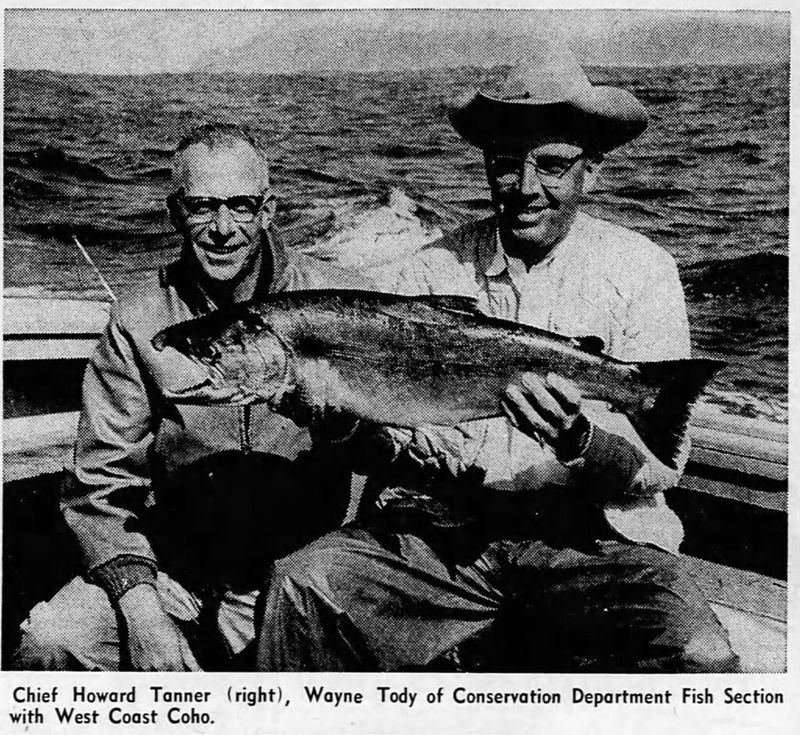
Alewives, small but plentiful, were a source of joy for children exploring the rivers and streams. Picture a group of kids, equipped with small nets, gleefully scooping up these little fish, their silvery bodies glinting in the sunlight.
Once an integral part of the aquatic ecosystem, Alewives have faced sharp declines due to overfishing and environmental disruptions. They were once so abundant that catching them was a rite of passage for many. Now, their absence is felt keenly in the ecosystems they helped sustain, and in the experiences they provided.
Eastern Brook Lamprey
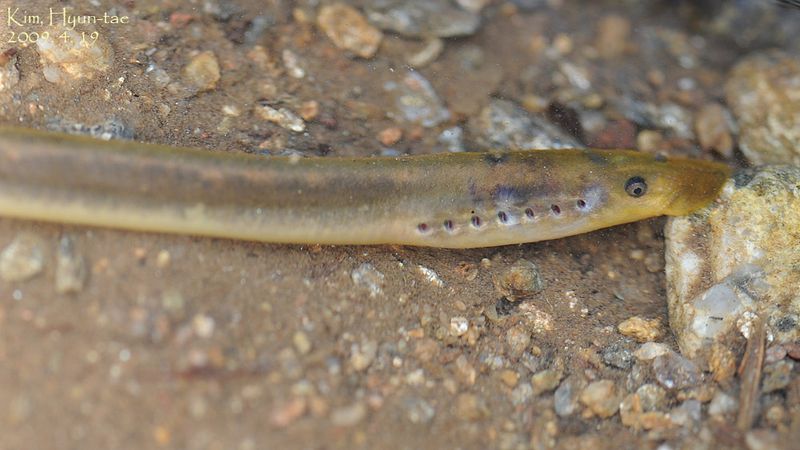
The Eastern Brook Lamprey, a peculiar find with its snake-like body, fascinated young explorers of the past. These jawless fish, with their distinct mouths, captured the imaginations of those lucky enough to spot them in the shallow creeks they inhabited.
Although not often caught, observing these creatures was a memorable part of any fishing outing. Changes in water quality and habitat disturbances have made them increasingly rare today. Their mysterious presence added a touch of adventure and wonder to the explorations of yesteryear.
Cutthroat Trout
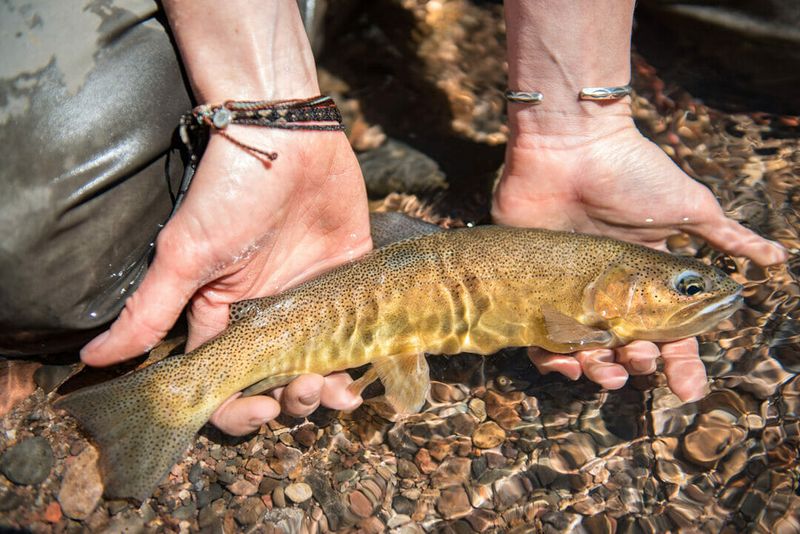
Cutthroat Trout, named for the vivid red markings under their jaws, were a prized catch in the clear mountain waters of the past. Young campers and scouts would embark on expeditions, eager to hook this elusive fish.
Their distinctive appearance and challenging temper made them favorites among young anglers. However, competition from other species and environmental changes have reduced their numbers significantly. The thrill of encountering such a distinct creature is something most children today can only imagine, as these trout become rarer in their native habitats.
Yellow Perch
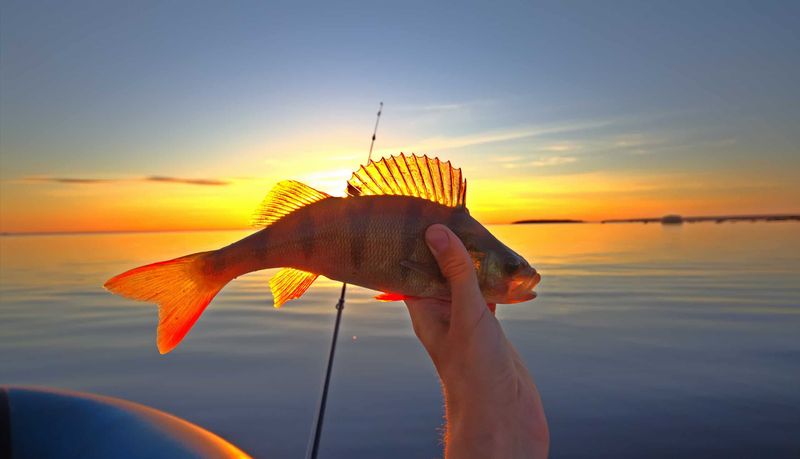
Yellow Perch were often the first catch for aspiring young fishers, with their striking yellow and green stripes. These feisty fish were abundant in lakes and ponds, providing endless excitement for children hoping to catch their first fish.
Imagine the cheers and laughter as a young angler triumphantly holds up their catch. Sadly, overfishing and habitat changes have caused their numbers to dwindle, leaving today’s kids to hear only stories of the plentiful perch of the past. Their vibrant presence once lit up many childhood fishing memories.
Whitefish
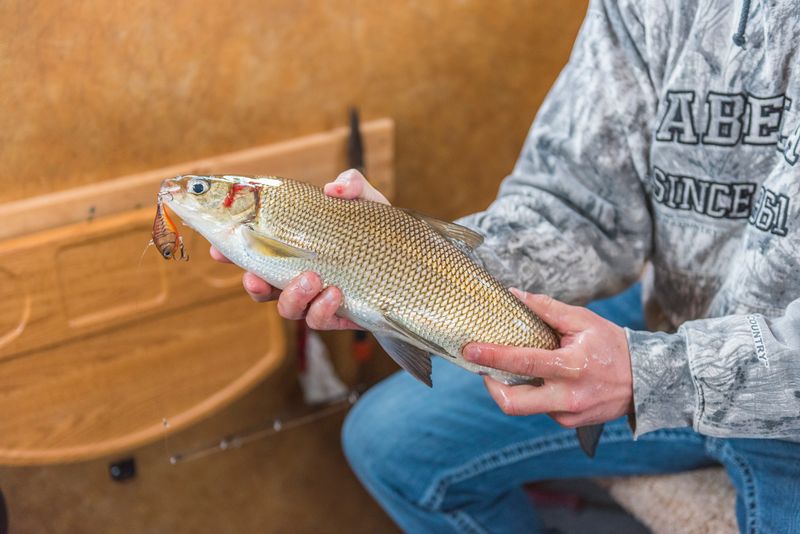
Whitefish, with their subtle silver shimmer, were a common sight in the fishing buckets of the past. These fish were often caught during quiet, early morning excursions, the air filled with the scent of dew and adventure.
Over time, the pressures of commercial fishing and environmental shifts have pushed Whitefish populations to critical levels. The serene excitement of reeling in a Whitefish is a tale that grows rarer, leaving today’s young anglers to dream of mornings spent by tranquil waters, waiting for that gentle tug on the line.
Cisco
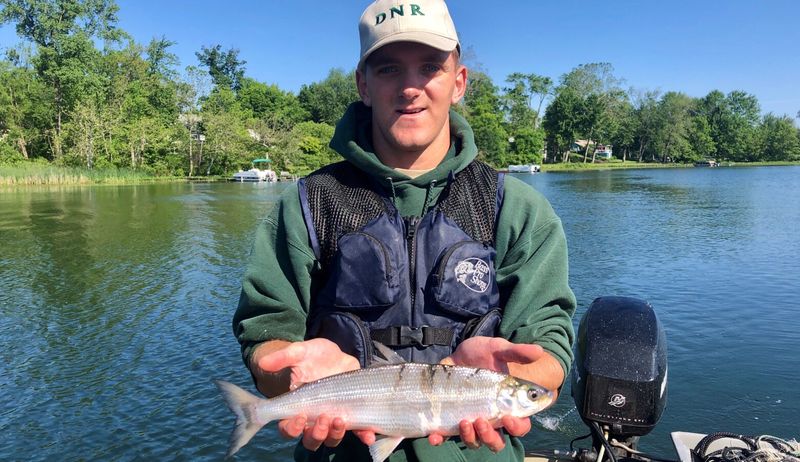
Ciscos, with their sleek bodies and agile movements, were a delight for young anglers, especially in the northern lakes. Picture the excitement of battling these lively fish, their silvery scales flashing in the afternoon sun.
Unfortunately, the introduction of invasive species and habitat changes have drastically reduced their numbers. What was once a common catch is now a memory, as the ecosystems they thrived in have transformed. The youthful thrill of catching a Cisco is something today’s children may only hear about in stories from older generations.
Hickory Shad
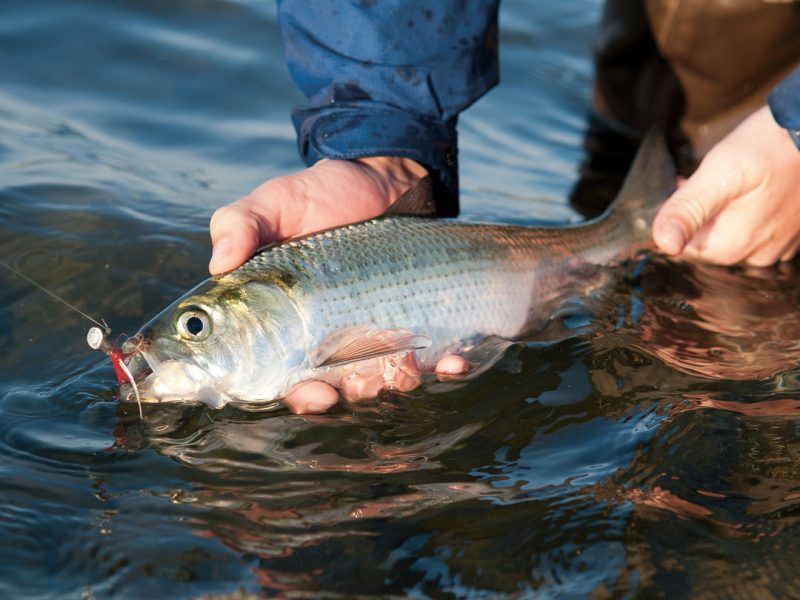
Hickory Shad, known for their quick, darting movements, were a fun and challenging catch for eager young anglers. Imagine standing by a rapid river, the thrill of casting into moving water, hoping for the unmistakable tug of a Shad.
Sadly, habitat loss and fishing pressures have caused their numbers to plummet. The excitement of chasing after these feisty fish is a story of the past, as today’s children face rivers where the Hickory Shad are more legend than reality. Their absence leaves a void in the world of youthful fishing adventures.
Powan
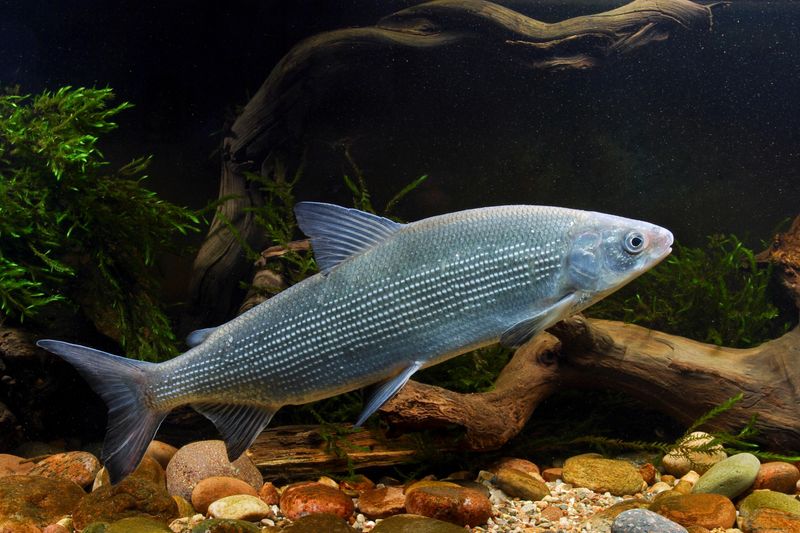
The Powan, a rare freshwater fish found in Scotland, was once a thrilling catch for young fishers. These fish, with their elegant forms and silvery bodies, called out to the adventurous spirit of childhood, as young anglers took to the lochs in search.
Changes in water quality and competition from invasive species have made Powans increasingly rare. Their allure lies in the mystery and challenge they presented, leaving today’s young fishers to wonder about the days when these enigmatic fish were more than just a whisper in the waters.
Lake Sturgeon
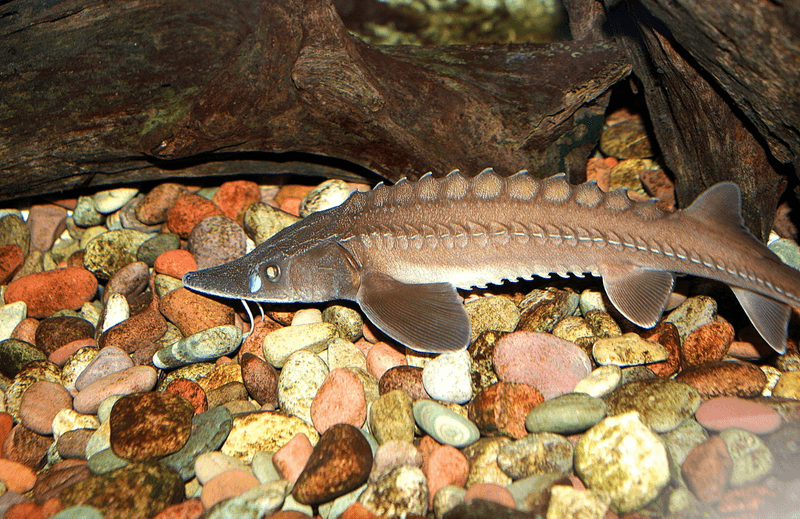
The Lake Sturgeon, a giant of the freshwater world, was an awe-inspiring catch for any young angler. Imagine the incredible thrill as a child battles to reel in this prehistoric creature, its bony plates and large size a testament to its ancient lineage.
Once abundant in the Great Lakes and surrounding rivers, these giants have faced severe population declines due to overfishing and habitat disruption. Today, the chance of encountering a Lake Sturgeon is slim, leaving young fishers to dream of days when the rivers were teeming with these incredible fish.
Stone Loach
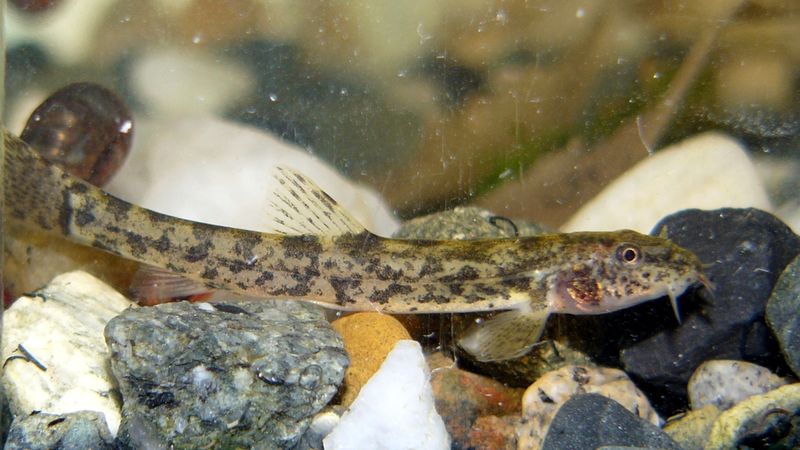
The Stone Loach, with its slender, camouflaged body, was a fascinating find for curious young fishers exploring rocky streams. These small fish loved hiding under stones, adding an element of mystery and discovery to fishing trips.
Their presence was often a delightful surprise, a hidden treasure for the observant child. However, changes in water conditions and habitat loss have made them scarce. The joy of uncovering a Stone Loach is a memory of the past, whispering of times when the streams teemed with life and discovery.
Rainbow Darter
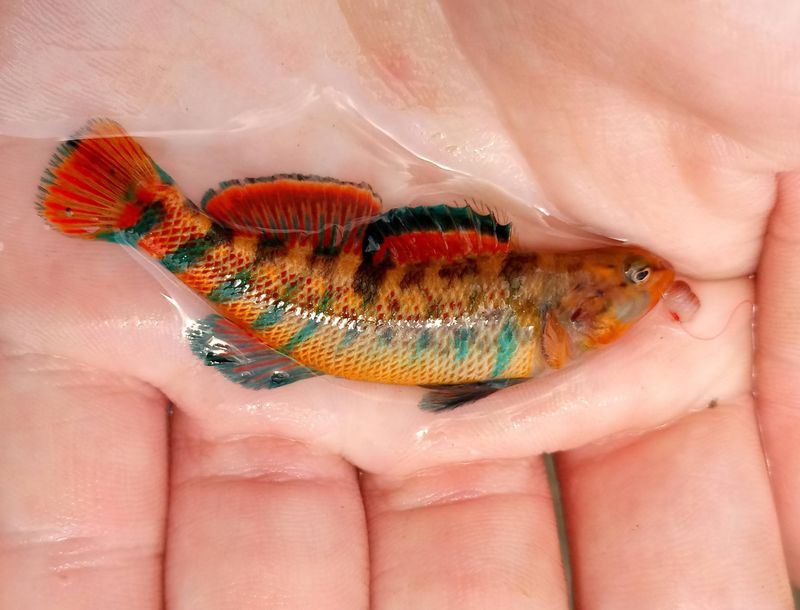
With its kaleidoscope of colors, the Rainbow Darter was a favorite among young anglers in the 1950s. This small but striking fish, measuring just a few inches long, was often found darting playfully in shallow creeks and streams. Its bright stripes of blue, orange, and green made it a visual treasure.
In those days, catching a glimpse of this lively swimmer was as exciting as reeling it in. Its presence signified healthy, thriving waterways.
Today, the Rainbow Darter’s habitat is threatened by pollution and habitat destruction, making it a rare sight for modern-day fishers.

